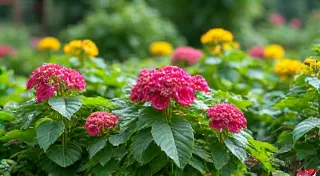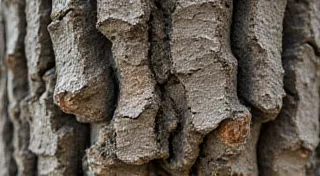Saffron Threads: Weaving Sunlight into Fabric
There’s a scent that clings to memory – the warm, earthy aroma of old books, perhaps, or the comforting fragrance of my grandmother’s kitchen. For me, however, it's the evocative scent of saffron. Not just the spice itself, though that is glorious, but the ghost of saffron permeating ancient textiles. It’s a scent that speaks of emperors and queens, of painstaking rituals and generations of accumulated knowledge, a scent that whispers of a luxury so profound it once practically shimmered.
Saffron, derived from the delicate stigmas of the Crocus sativus flower, is the world’s most expensive spice. Its value isn’t just culinary; for centuries, it’s been a precious pigment, transforming ordinary fabrics into canvases of breathtaking beauty. The laborious process of harvesting – each flower yields only a tiny fraction of a gram – explains this exorbitant cost. But the true value lies in the resulting color – a luminous, almost unearthly yellow that shifts and breathes with the light, hinting at hidden depths and unparalleled richness. This isn's just about color; it's about history, artistry, and a connection to a world that prioritizes beauty and patience above all else.
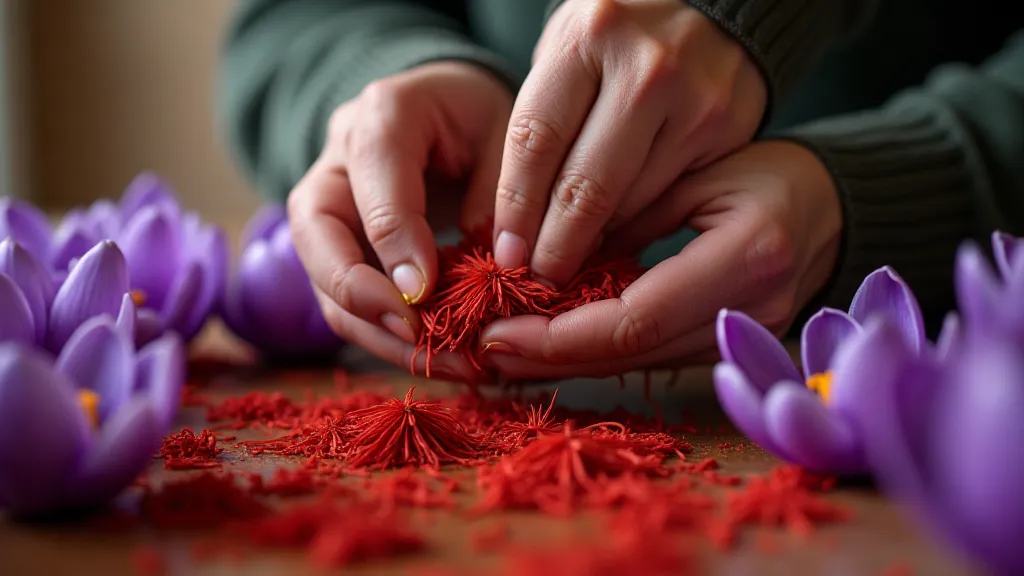
A Royal Hue: The History of Saffron Dyeing
The story of saffron dyeing is deeply intertwined with the history of empires and trade routes. Its origins can be traced back to ancient Persia (modern-day Iran), where it was first cultivated and used for dyeing. From there, its influence spread throughout the Byzantine Empire, the Silk Road, and into the vibrant textile traditions of India, Japan, and beyond. The Byzantines, renowned for their luxurious fabrics, employed saffron to create the famed Tyrian purple – often mistaken for purple itself, the addition of saffron contributed to a unique luminous quality rarely found in other dyes.
In the Mughal Empire of India, saffron enjoyed particular esteem. Royal garments and ceremonial fabrics were frequently dyed with the precious spice, a visible symbol of power and prestige. The Mughal Emperor Jahangir, a patron of the arts, was famously enamored with saffron’s vibrancy, and its use became almost compulsory in the wardrobes of the nobility. The dyes were exceptionally guarded, passed down through families of dyers who held their secrets close. These weren't just artisans; they were custodians of a cultural heritage.
Japan also embraced saffron dyeing, though its use was often reserved for the elite. Kimonos, meticulously crafted and adorned with intricate designs, were occasionally dyed with saffron to achieve a unique, subtle luminosity. The Japanese approach, known for its emphasis on naturalism and wabi-sabi (the acceptance of imperfection), favored a muted, aged look, allowing the dye’s inherent qualities to shine through.
The Alchemy of Color: The Dyeing Process
The process of dyeing with saffron is more of an art than a science. Unlike many dyes that require mordants (substances that help the dye bind to the fabric), saffron’s color fastness is notoriously unreliable. Early dyers learned to work around this challenge, experimenting with different fabric types (silk and wool traditionally fared best), water sources, and dyeing techniques.
The fabric is typically soaked in warm water, then slowly immersed in a saffron-infused bath. The intensity of the color depends on the concentration of saffron, the duration of the dyeing process, and the type of fabric being used. Multiple dips are usually required to achieve a rich, even color. The process takes considerable time, often spanning several days, and requires constant vigilance. The slightest deviation in temperature or water quality can affect the outcome.
One of the most fascinating aspects of saffron dyeing is its tendency to change over time. Exposure to sunlight and air gradually alters the dye’s chemical composition, resulting in a subtle shift towards a warmer, more antique hue. This patina of age is highly prized by collectors and connoisseurs, as it adds to the textile’s sense of history and authenticity.
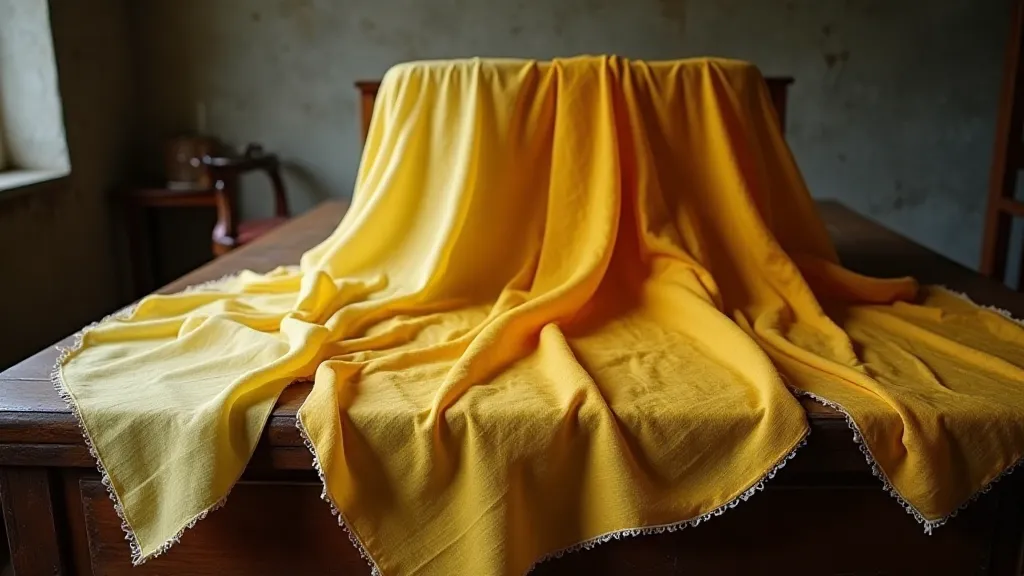
More Than Just Color: Exclusivity and Enduring Significance
The scarcity of saffron and the complexity of the dyeing process ensured that fabrics dyed with this precious spice remained the exclusive domain of the elite. Owning a saffron-dyed garment wasn’t just a matter of aesthetics; it was a demonstration of wealth, status, and refined taste. The color became a symbol of exclusivity, a visible marker of belonging to a privileged class.
But the significance of saffron dyeing extends far beyond its association with luxury. It represents a profound connection to nature, a deep understanding of traditional craftsmanship, and a commitment to preserving cultural heritage. The knowledge of how to harvest, prepare, and apply saffron to fabric has been passed down through generations of dyers, each adding their own unique refinements to the process. It’s a lineage that speaks to the enduring power of human creativity and the importance of passing down traditions to future generations.
Preserving the Legacy: Collecting and Restoration
Today, antique textiles dyed with saffron are highly sought after by collectors and museums. Their rarity, beauty, and historical significance make them invaluable pieces of cultural heritage. However, these delicate fabrics are also vulnerable to damage from light, air, and improper handling.
If you’ve inherited or acquired a piece of saffron-dyed textile, it’s crucial to take steps to protect it. Store it in a dark, cool, and dry environment, away from direct sunlight and fluctuations in temperature. Handle it with clean hands, and avoid excessive folding or creasing. Consider consulting with a professional textile conservator for advice on proper storage and restoration techniques.
Restoring a piece of antique saffron-dyed fabric is a meticulous and challenging undertaking, requiring specialized knowledge and skills. It's best left to professionals who understand the delicate balance between preservation and intervention. Attempting to clean or repair the fabric yourself could inadvertently damage it further.
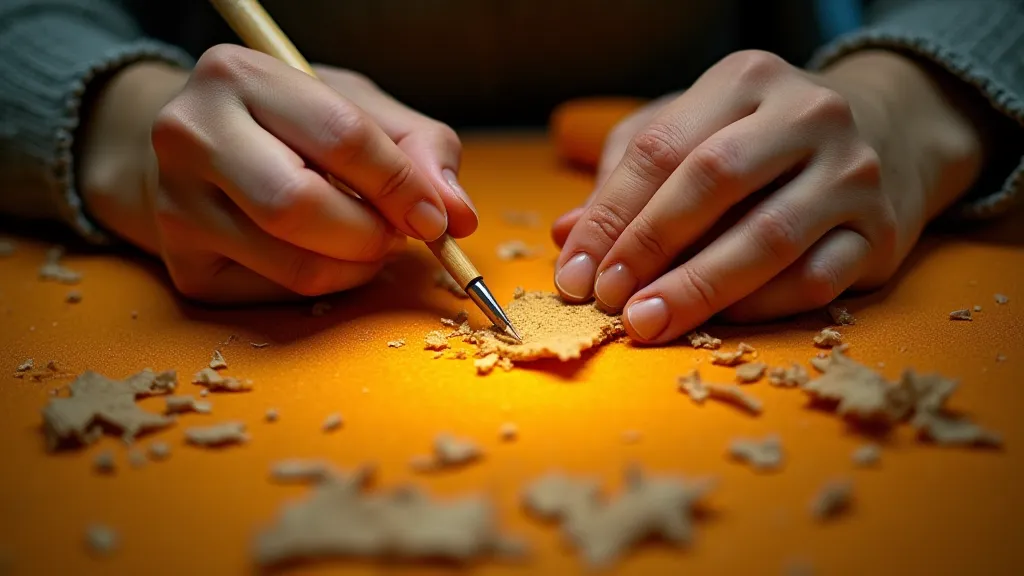
Ultimately, the legacy of saffron dyeing lies not just in the beauty of the fabrics themselves, but in the stories they tell – stories of emperors and artisans, of trade routes and cultural exchange, of patience, skill, and a profound appreciation for the natural world. These are threads that weave together our past, present, and future, reminding us of the enduring power of human creativity and the importance of preserving our cultural heritage for generations to come.


